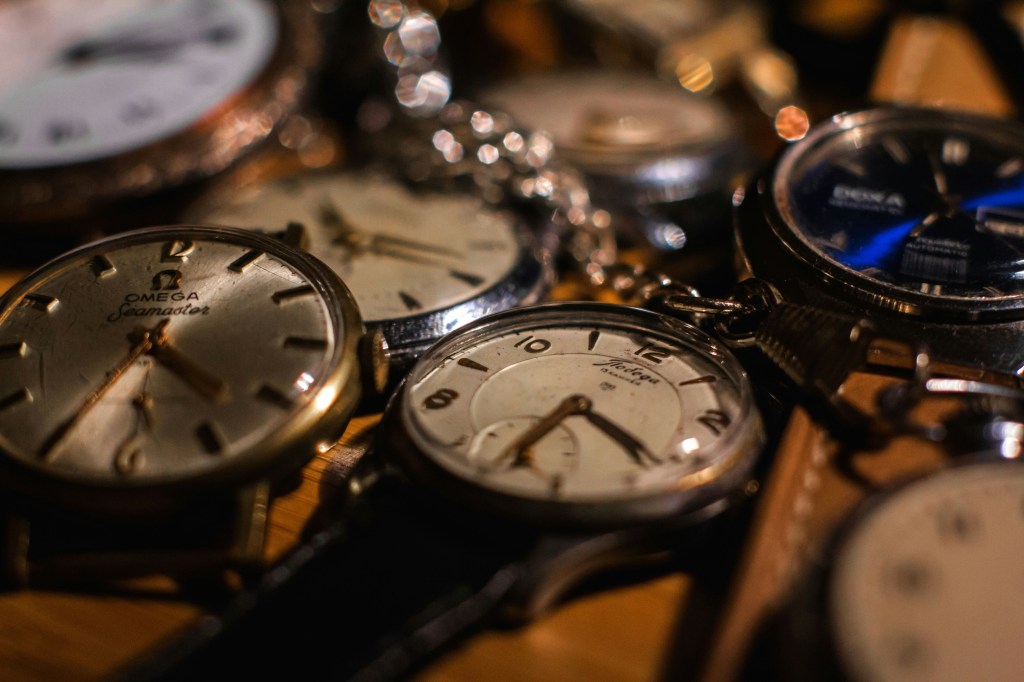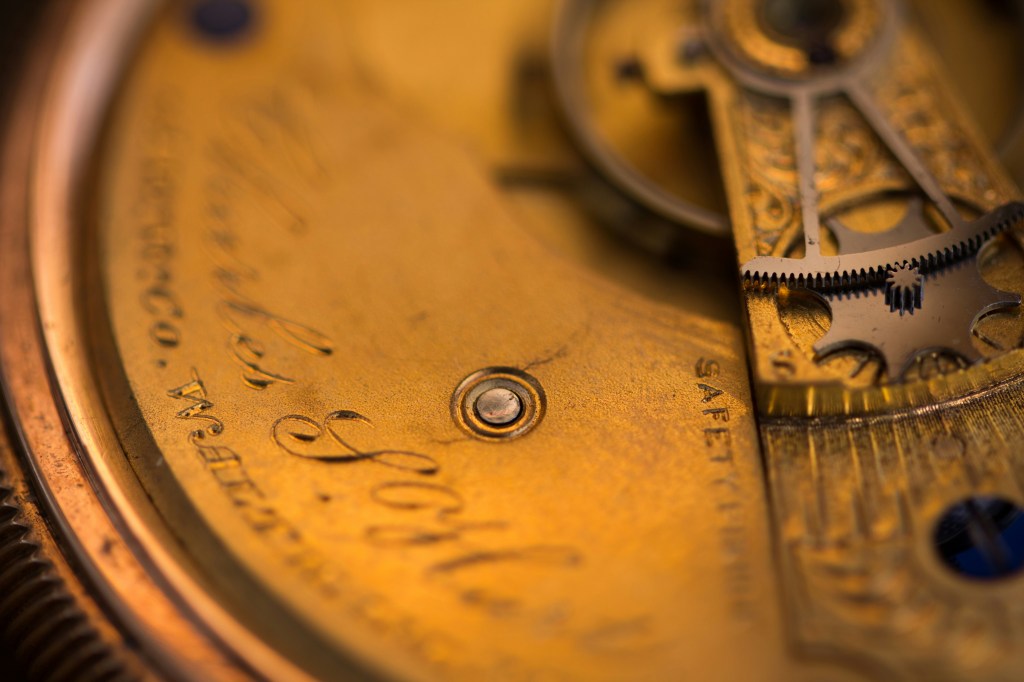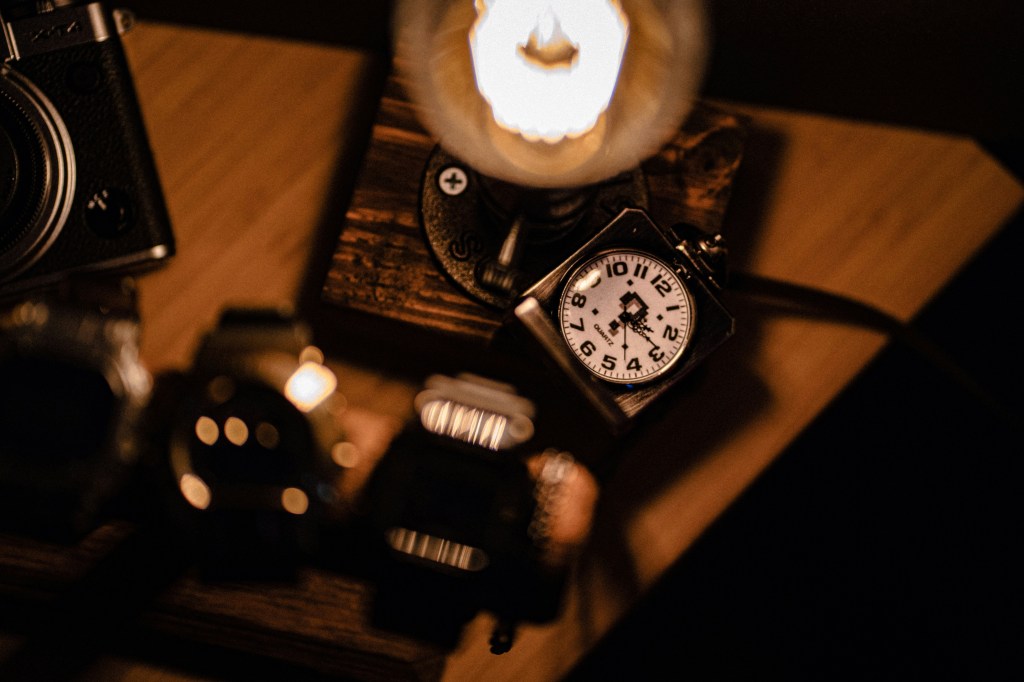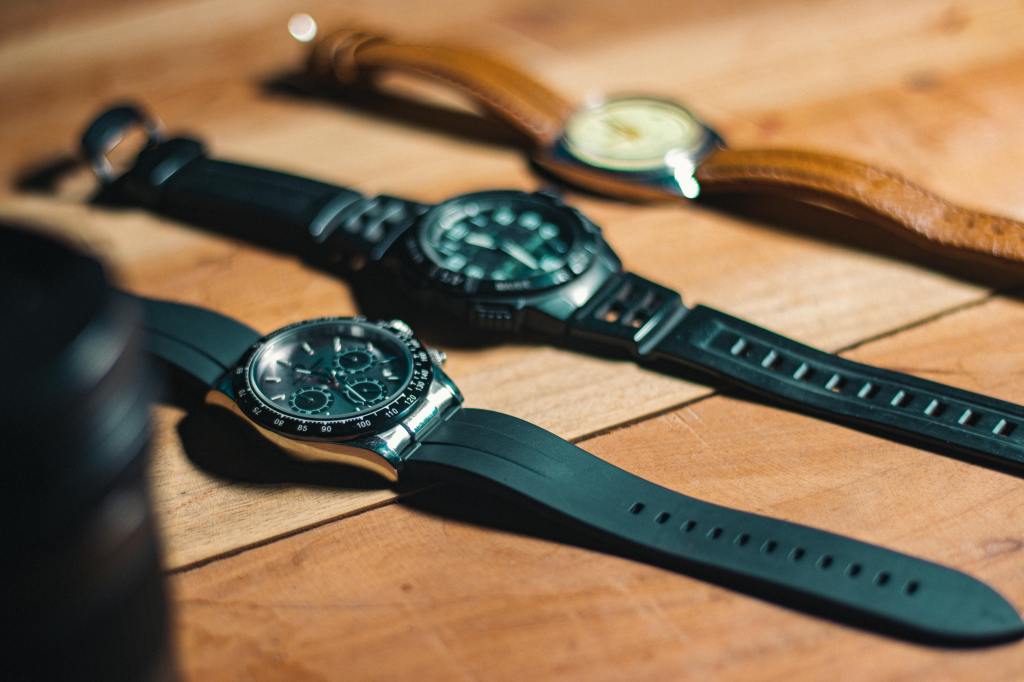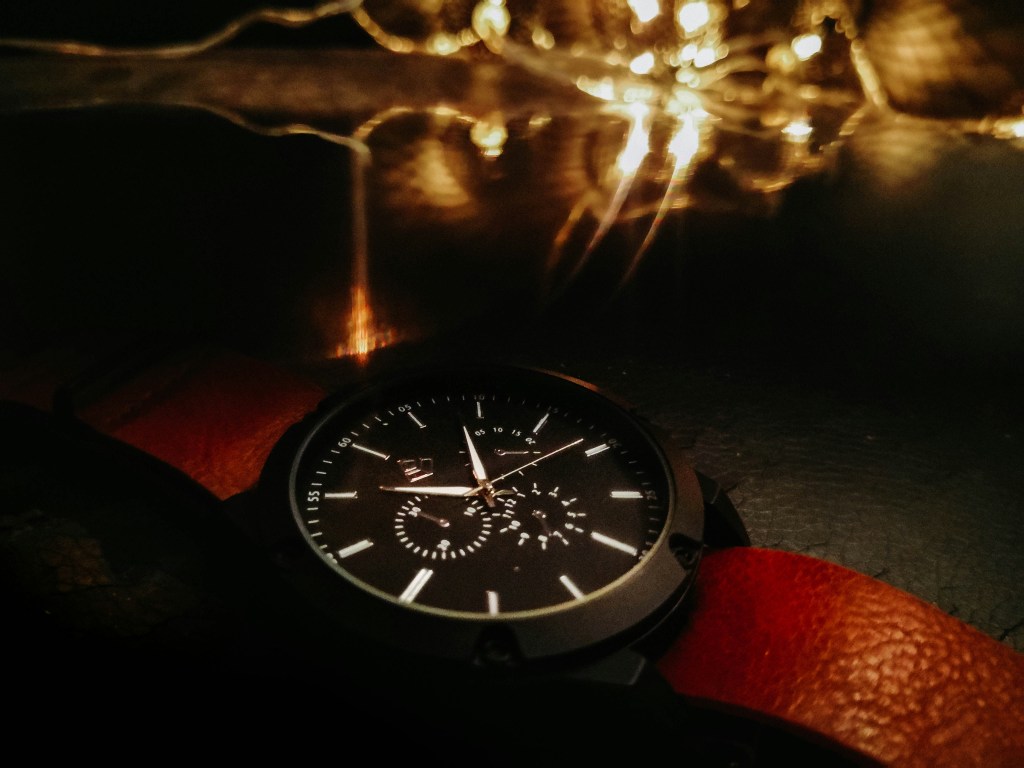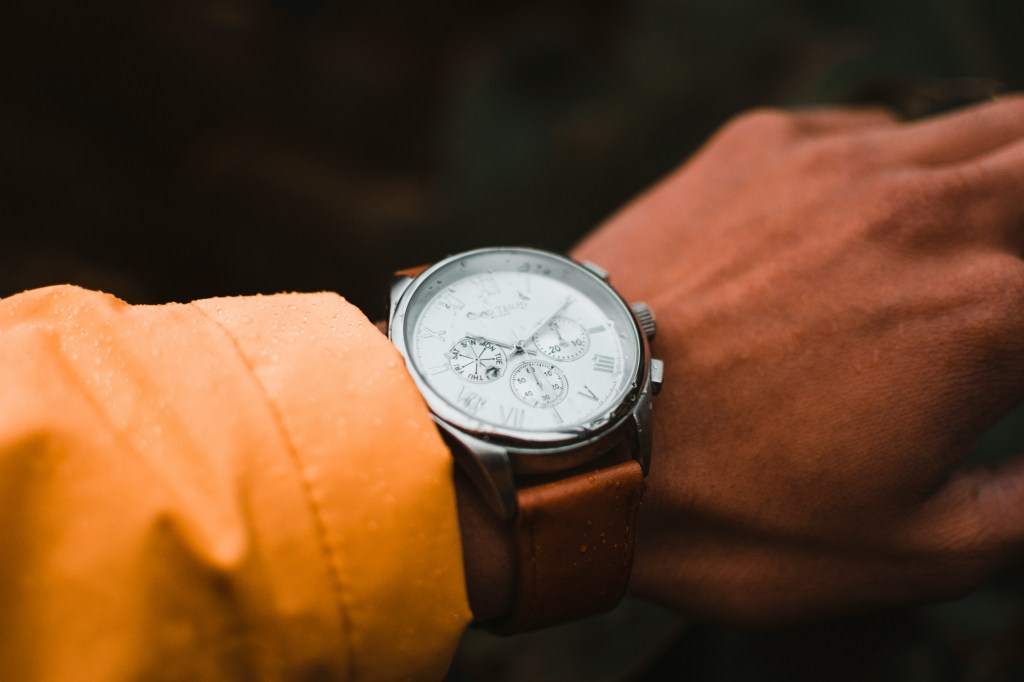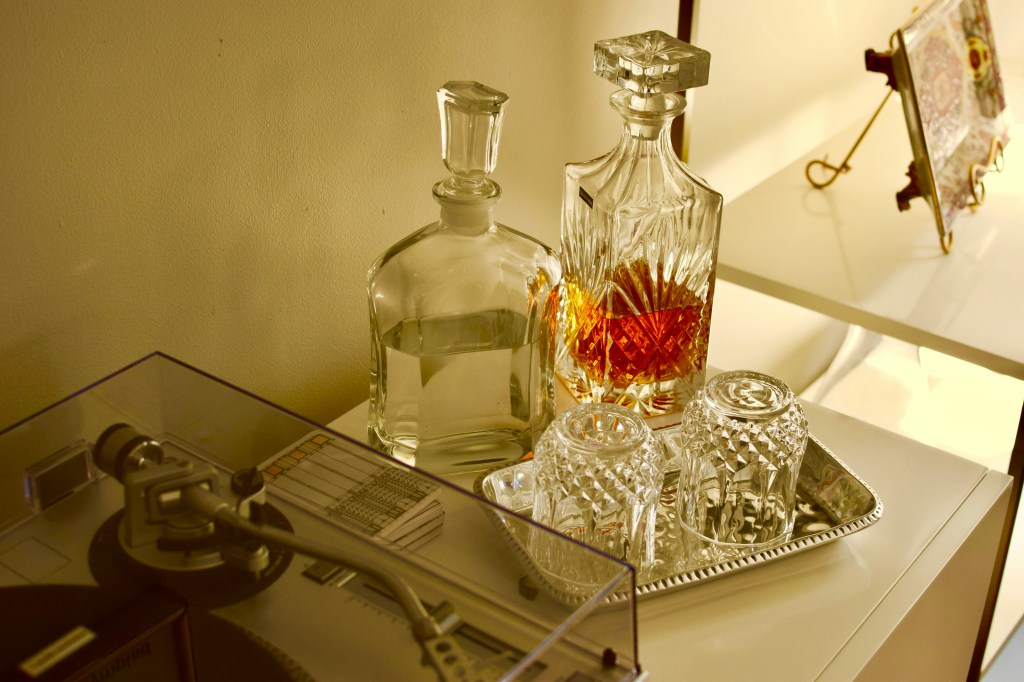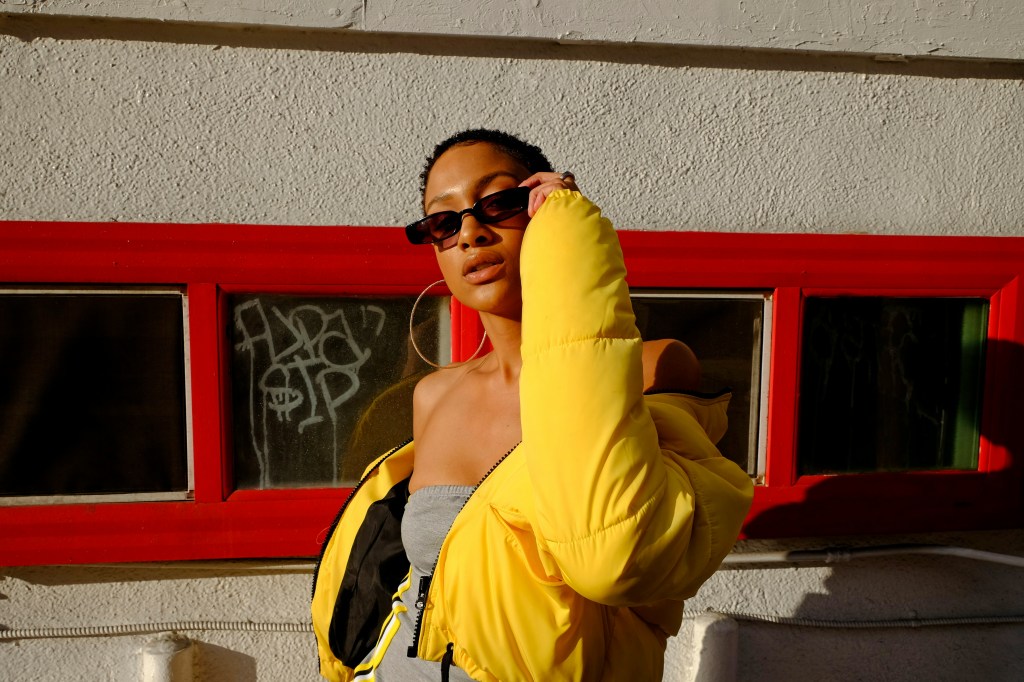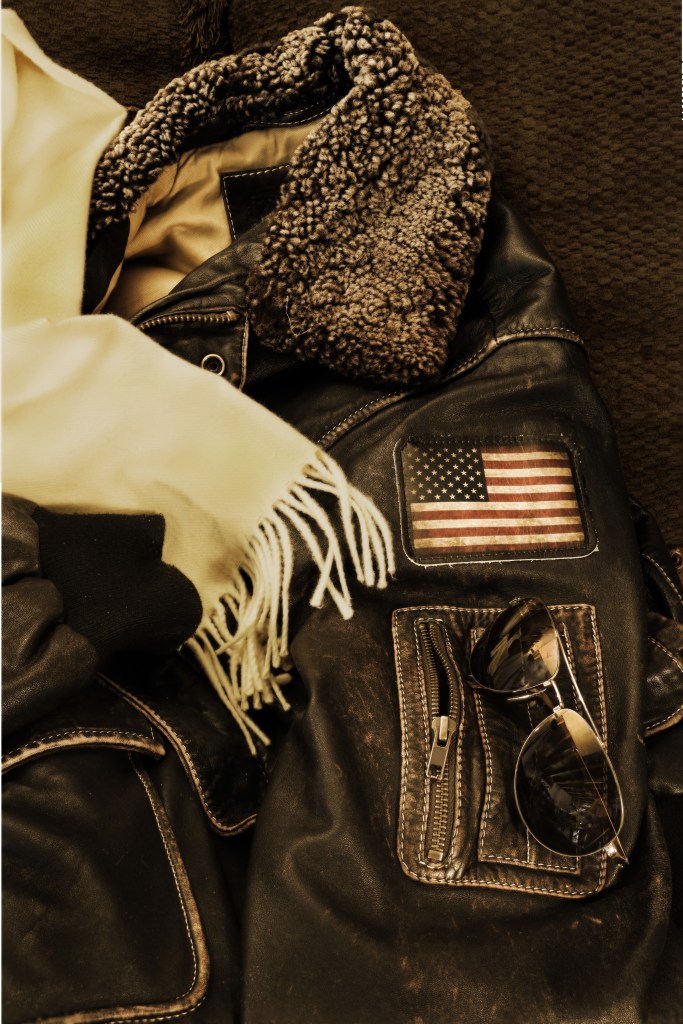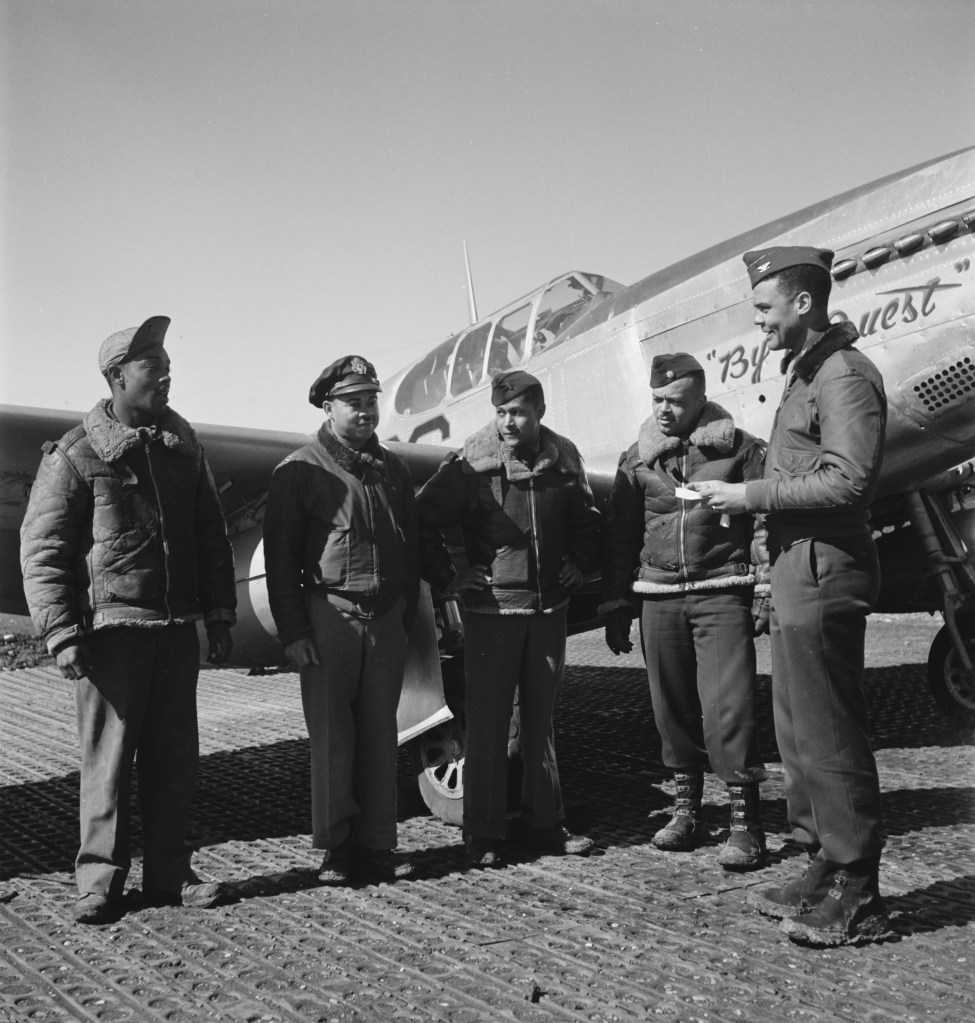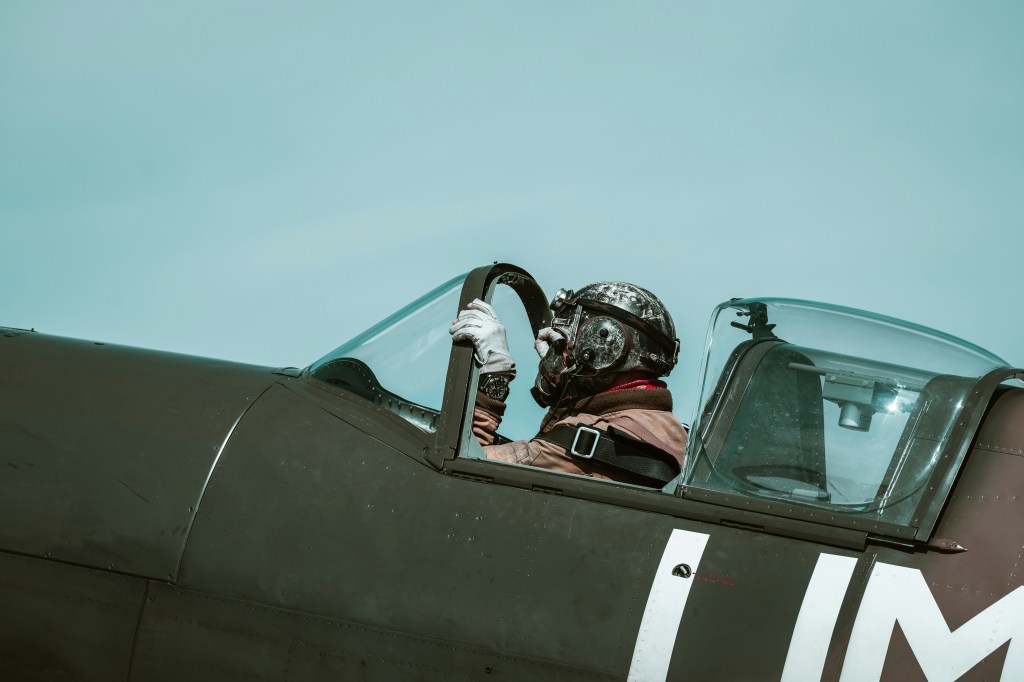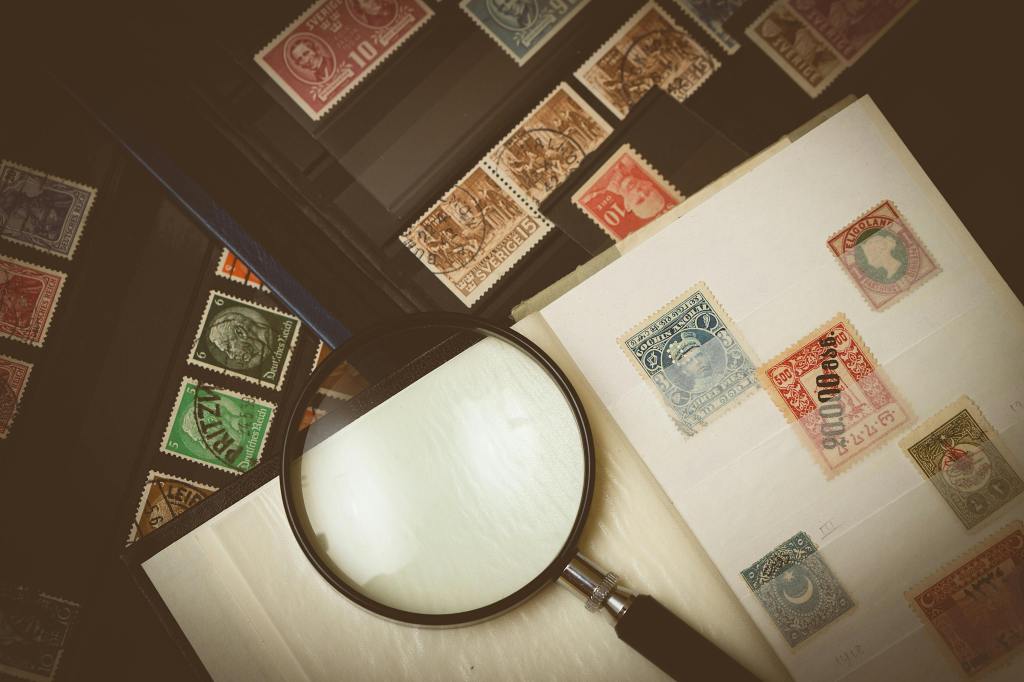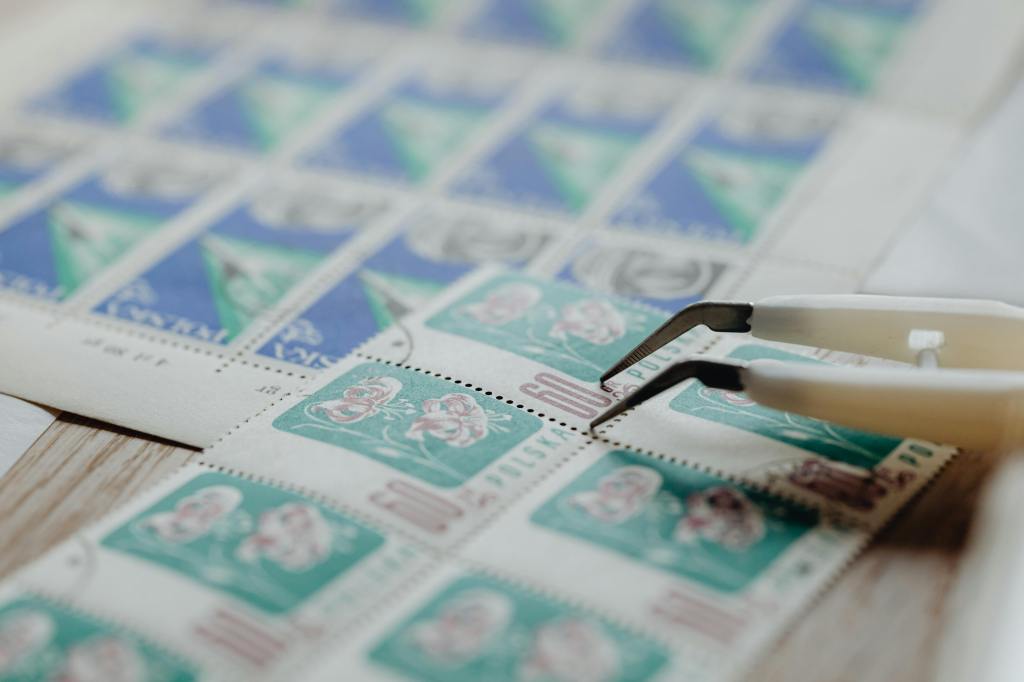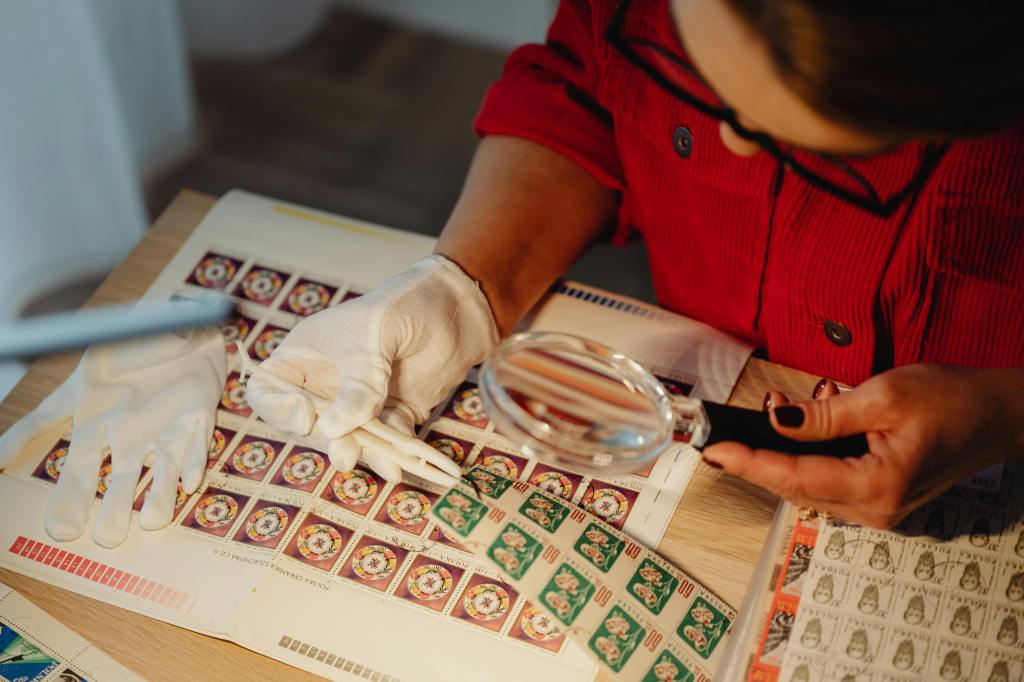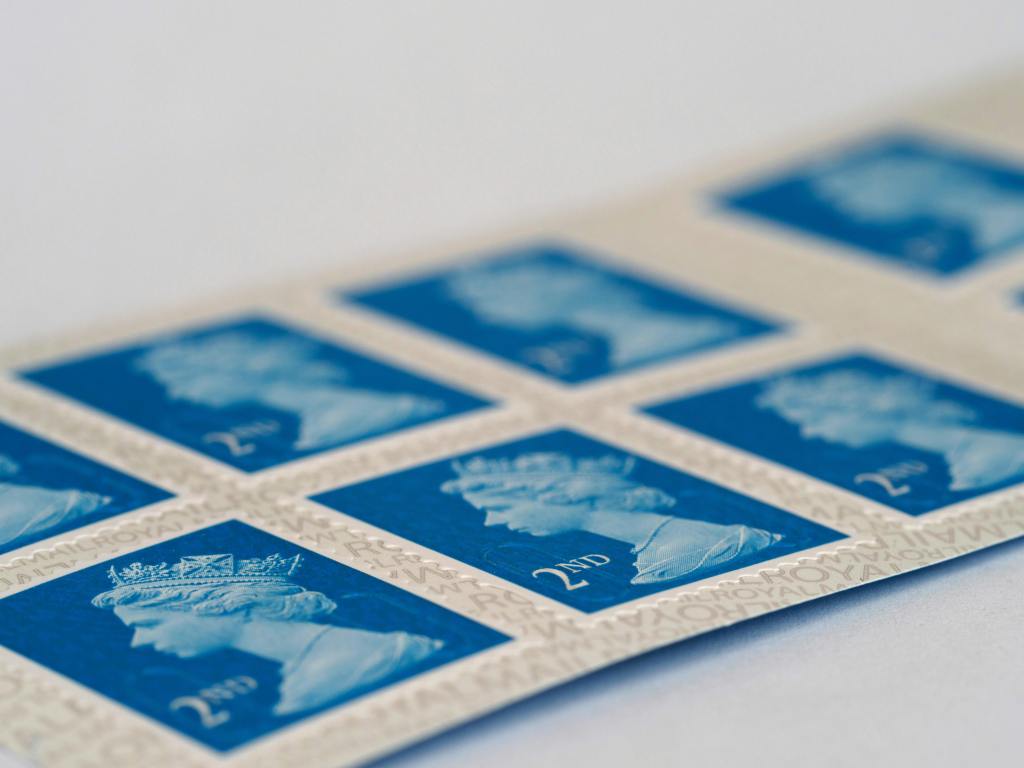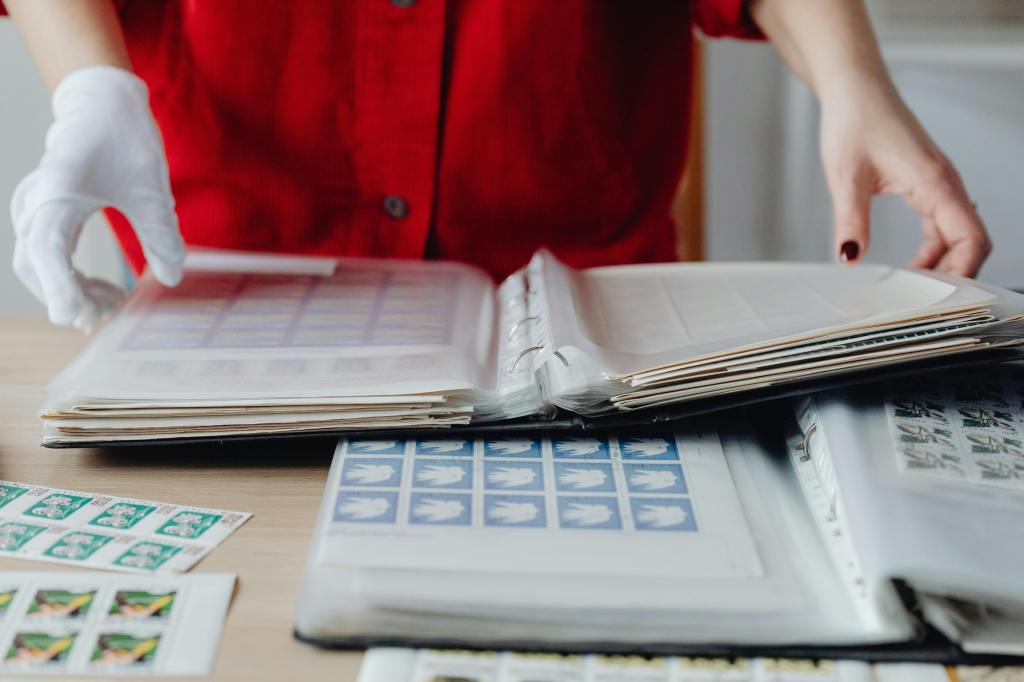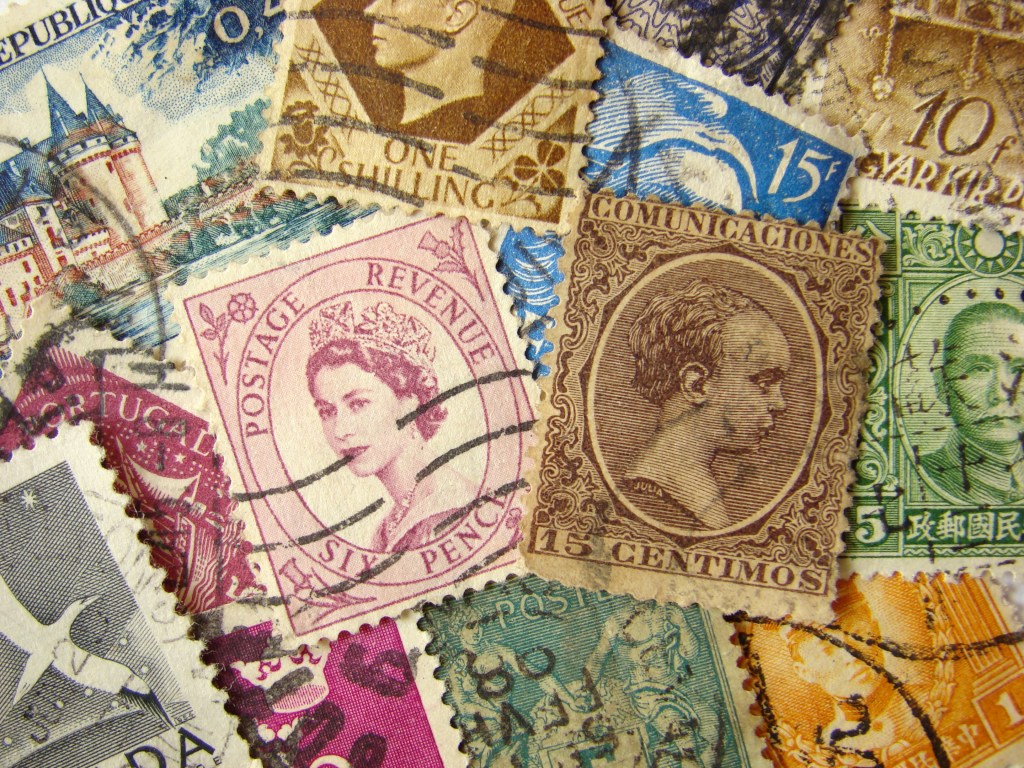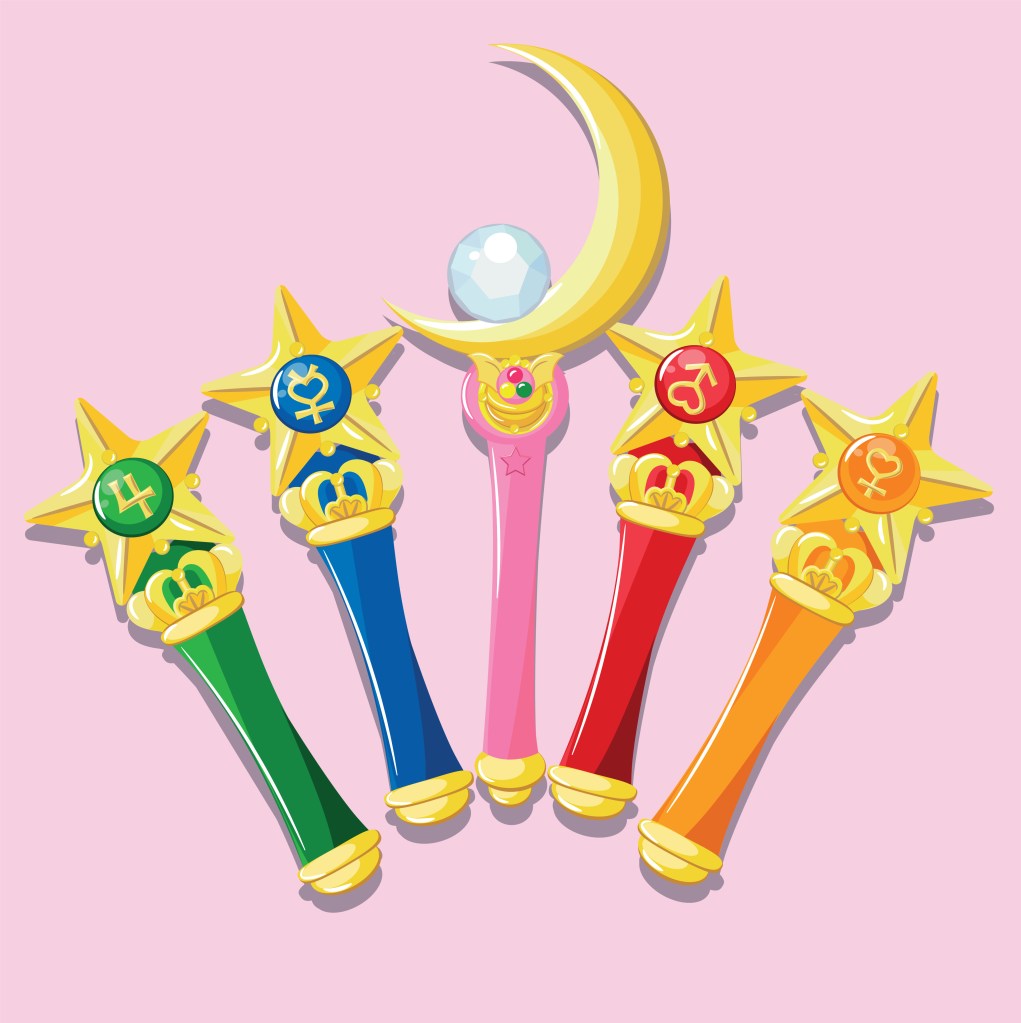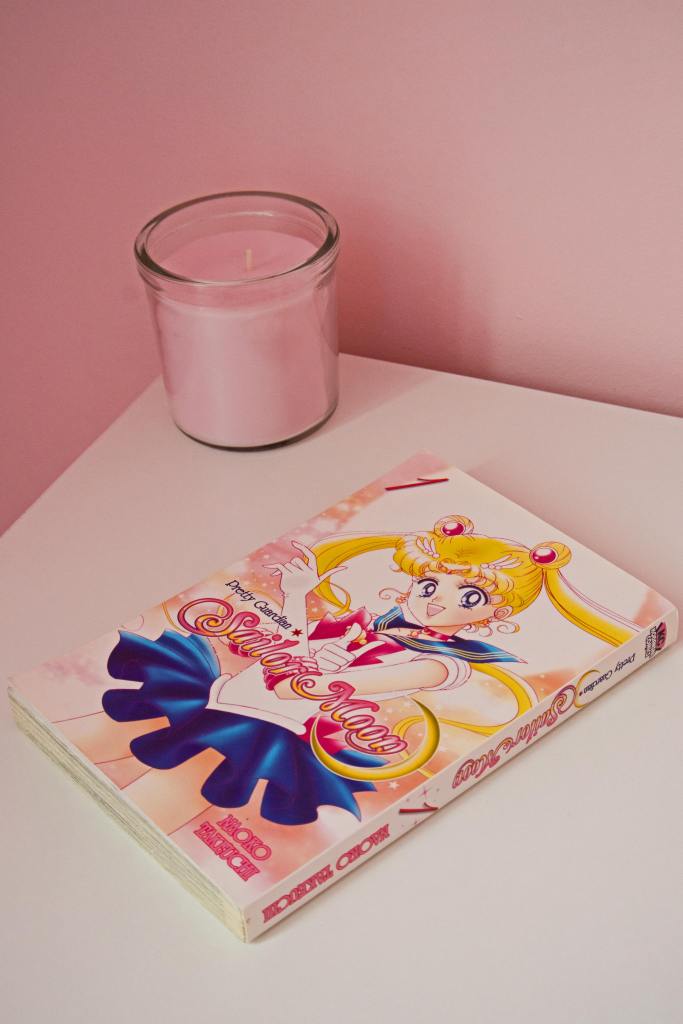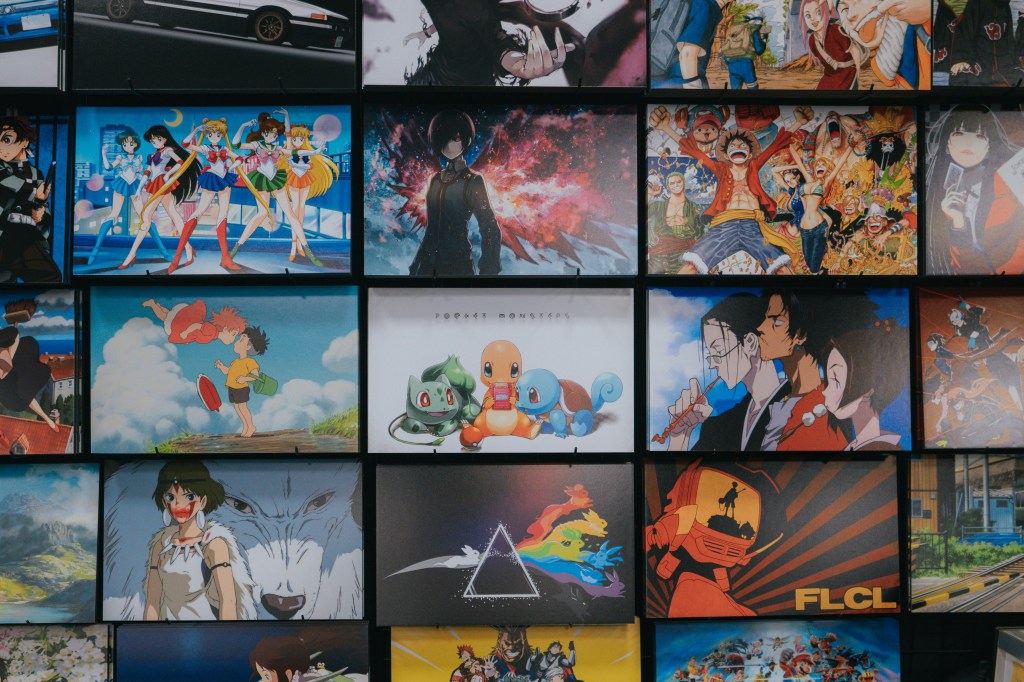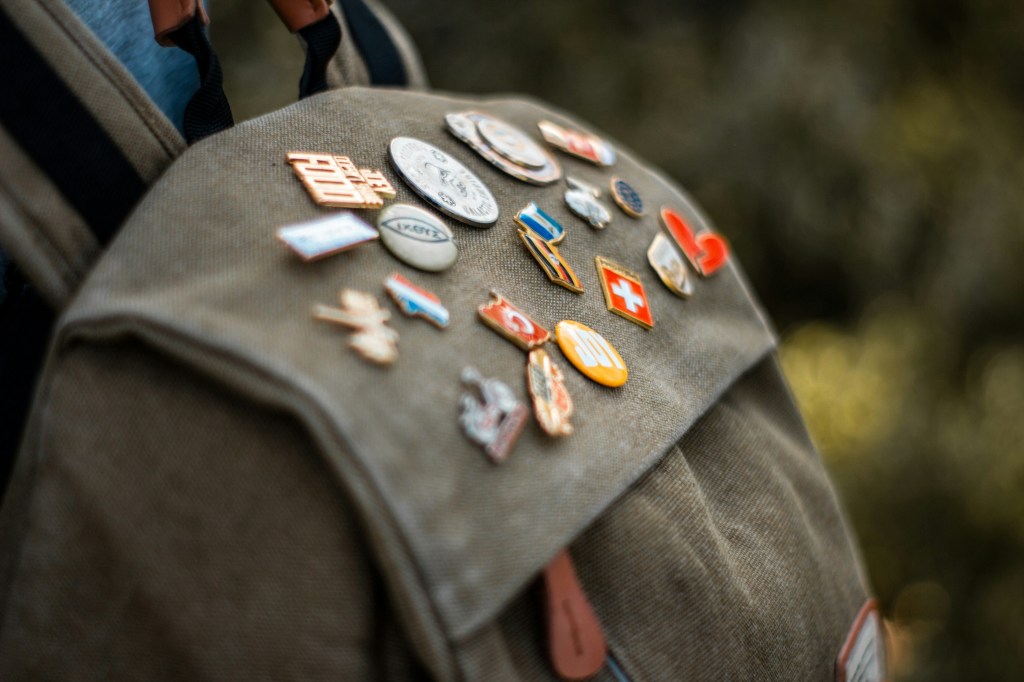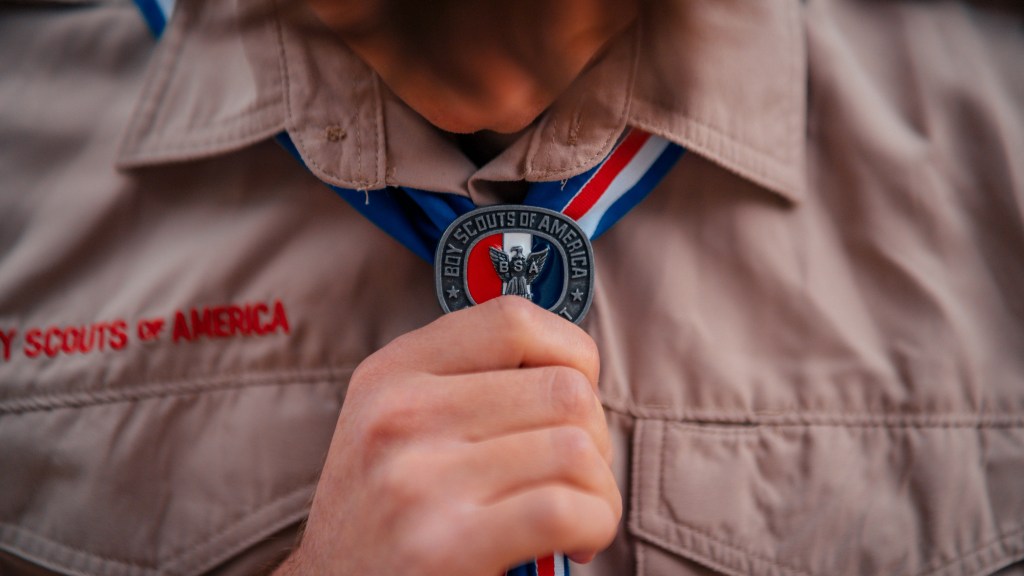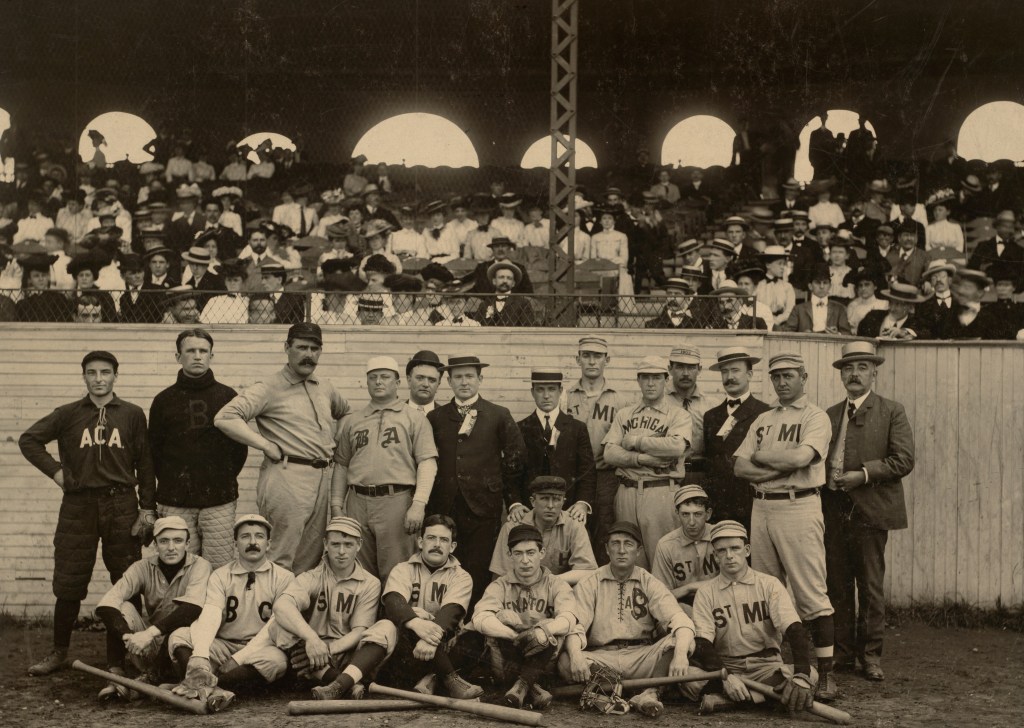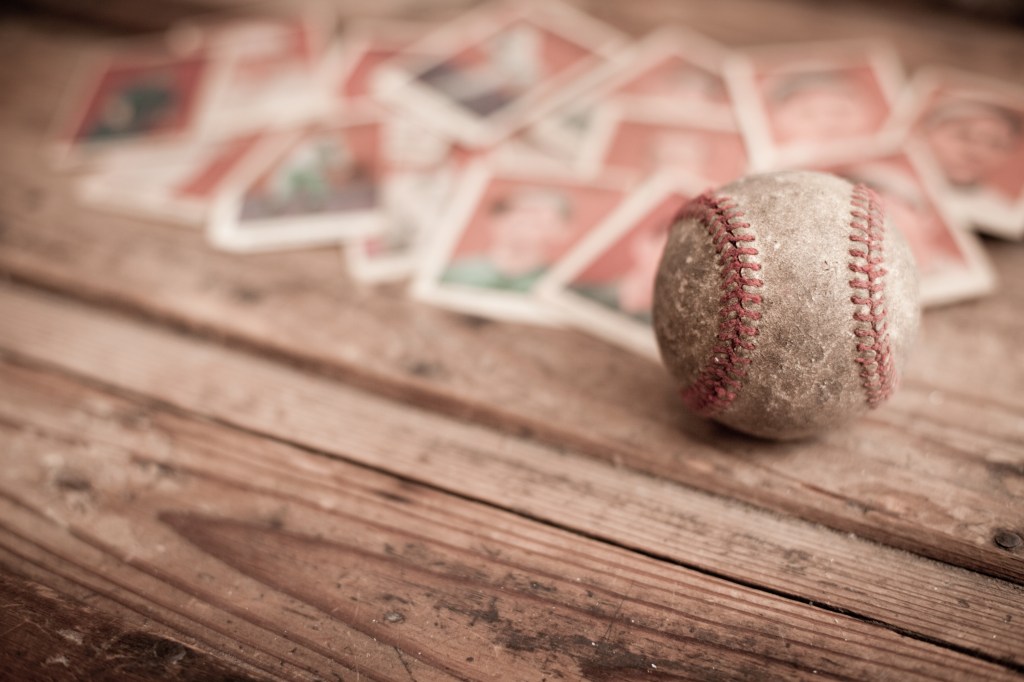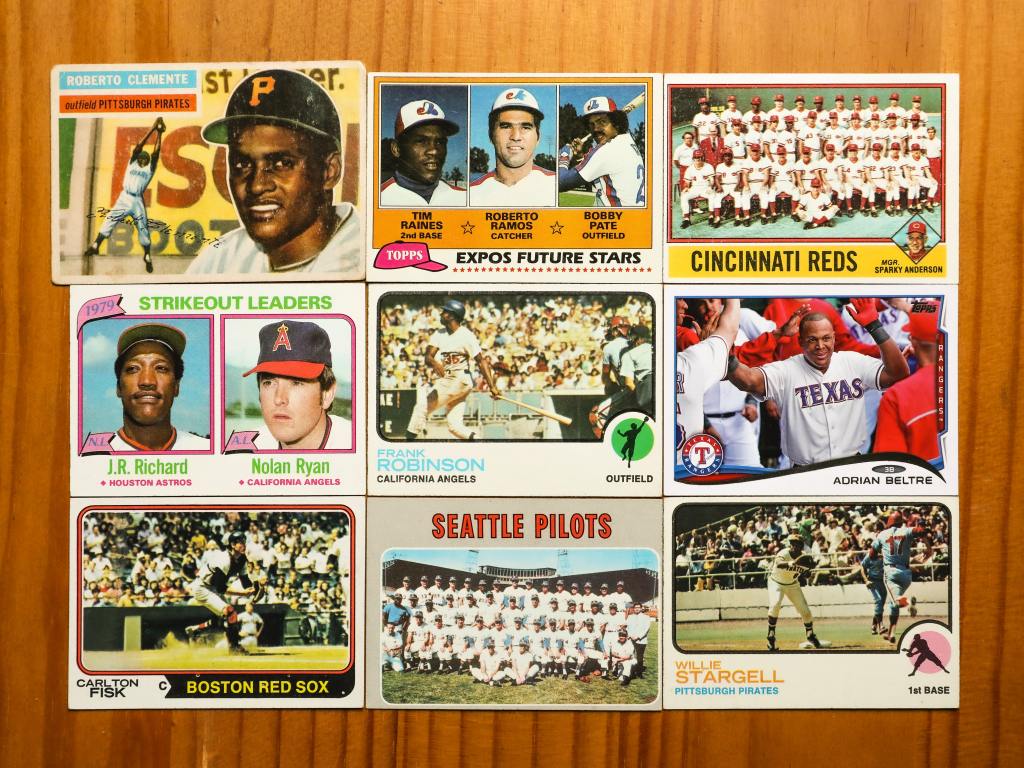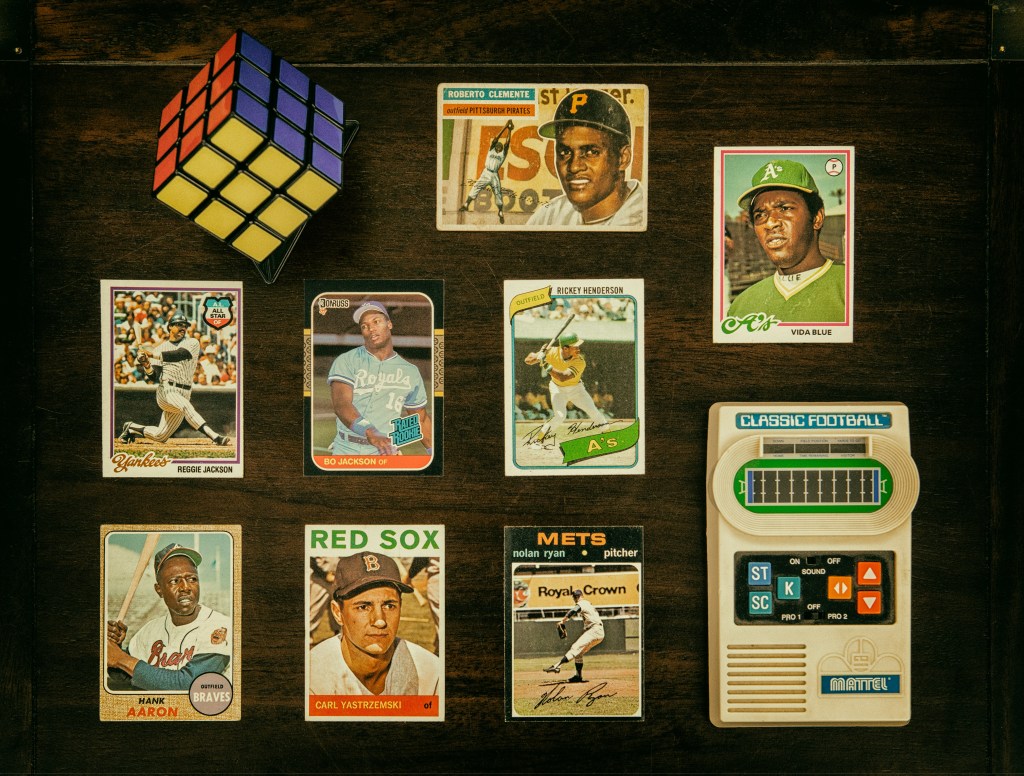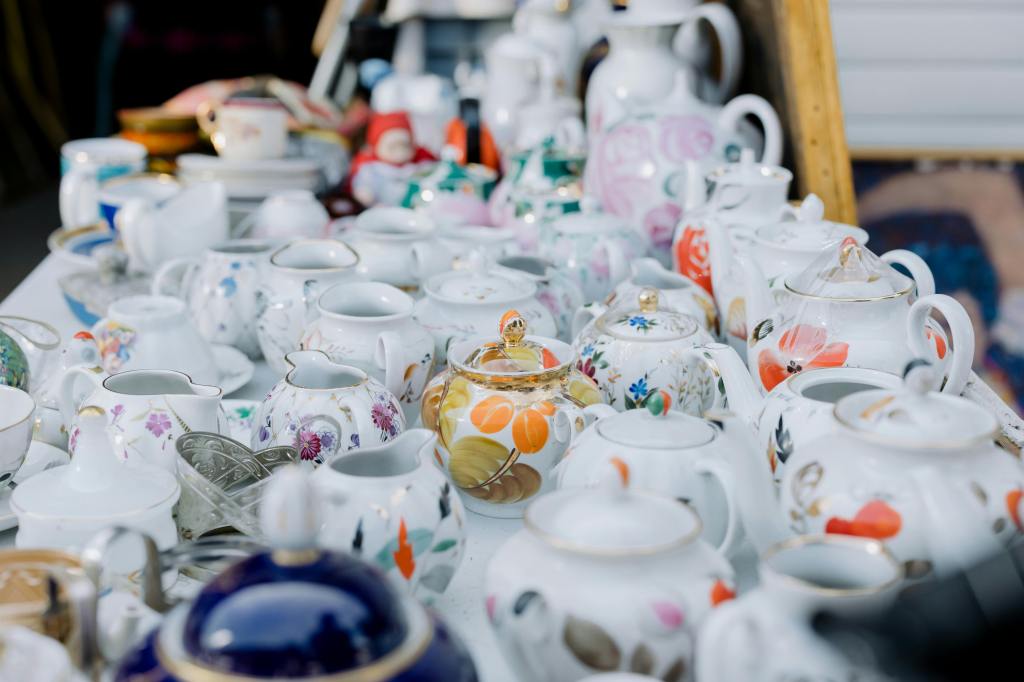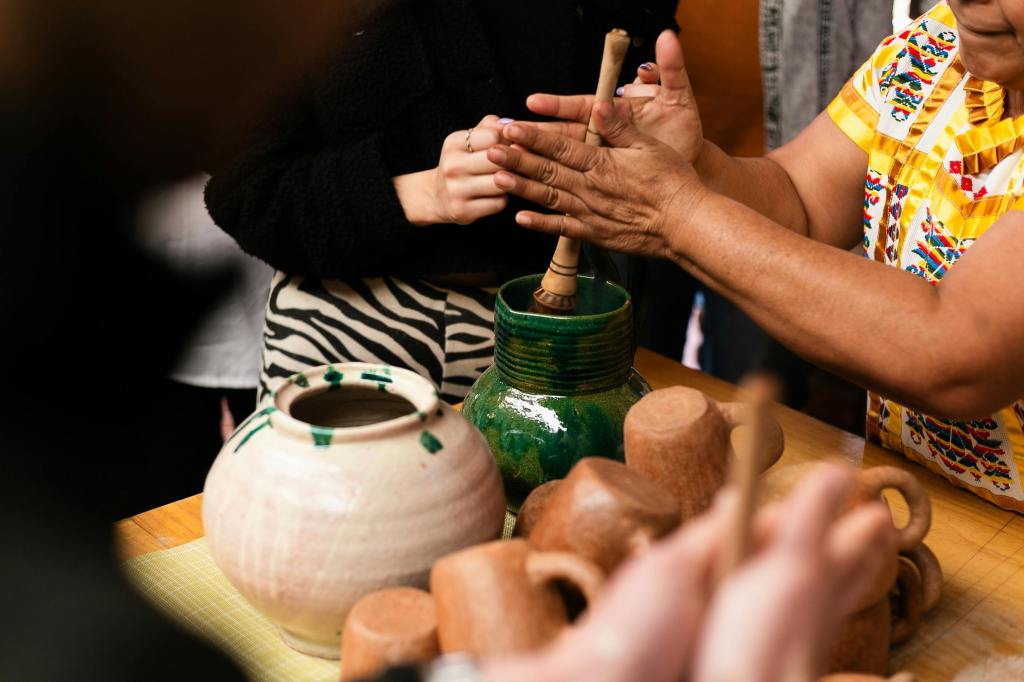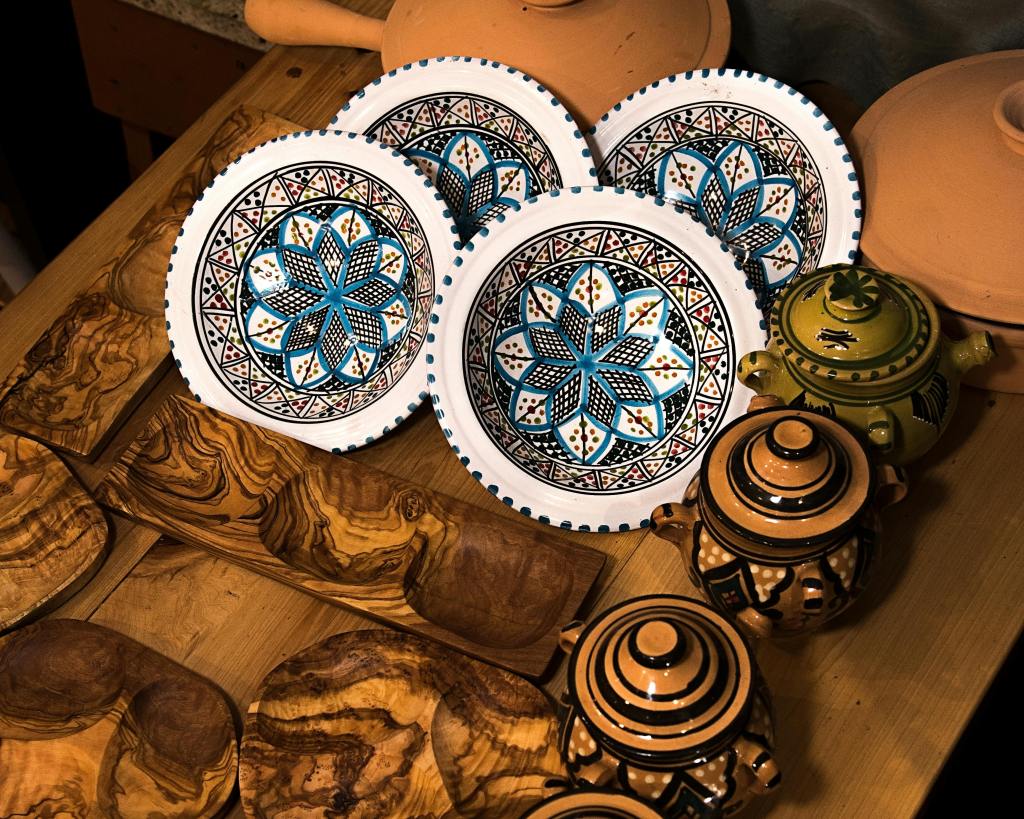Tobacciana collecting involves a captivating range of vintage tobacco-related artifacts, from cigar boxes to advertising memorabilia. This hobby attracts those who appreciate the history and cultural significance of tobacco products.
At its core, tobacciana refers to the collection and appreciation of tobacco-related items, including advertising materials, tins, matchbooks, and other collectibles. A common question arises: why collect tobacciana if it glorifies a harmful product? This exploration transcends the products themselves, revealing insights into economic, advertising, social, and political histories.
The History of Tobacciana: From Function to Collectability
What once served a practical purpose—pipes, tins, and matchbooks—has transformed into a valuable collector’s niche reflecting the rich history of tobacco culture.
Pipes
Pipes, for instance, have a long history as tools for smoking. They were popularized in the 1600s when tobacco production became a significant aspect of colonial expansion.
Early pipes were crafted from readily available materials, such as bone, wood, clay, and metal. This construction variety highlights both the craftsmanship of the era and the evolution of smoking practices over time.
Tins
Tins played a crucial role in the tobacco industry as containers for the product. Their designs evolved over the years, encompassing various forms and shapes.
The art on these tins was often lithographed and vividly depicted the brand’s identity, featuring sailors, animals, and women, as well as representations of Native Americans.
As time progressed, the advertising shifted to include sports figures like Babe Ruth, making these tins valuable collector’s items today.
Matchbooks
Matchbooks, invented in 1892, served the dual purpose of providing a means to light tobacco and acting as an advertising medium. Collectors of matchbooks, known as phillumenists, cherish these pieces for their utility and historical significance.
Matchbooks displayed ads for local businesses, cigarette brands, and tourist spots, combining practicality with marketing that intrigues collectors and historians.
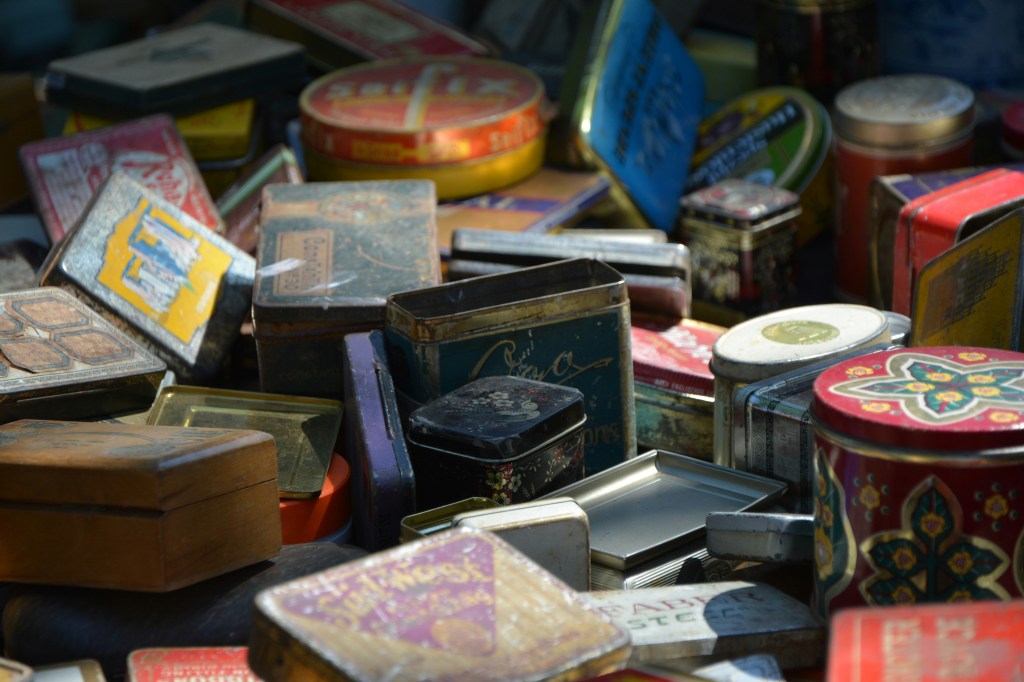
The Most Sought-After Tobacciana Collectibles
Tobacciana enthusiasts have a keen interest in collecting items that showcase historical significance and craftsmanship.
Ashtrays
Among the sought-after items are ashtrays, which gained popularity at the end of World War II. Many of these ashtrays feature mid-century styles and often display advertisements for various businesses and companies such as hotels, bars, and restaurants.
Signs and posters
Advertising materials, such as signs and posters from the 1800s, are also highly collectible. These pieces often feature lithographed artwork on trade cards, signs, and posters. While a wide variety of advertisement categories exist – ranging from metal signs to cardboard posters – valuable finds tend to be the postwar signs.
Cigar boxes and labels
Cigar boxes, particularly those made of cedar, are another popular collectible. Like ashtrays and advertising materials, lithography labels are visually captivating. Collectors particularly admire the labels and boxes from the 1800s due to their artistic quality and historical relevance.
Trade cards
Trade cards from the late 1800s to 1900s are also valuable collectibles. Notably, tobacco advertising played a key role in the creation of baseball cards (check out our blog “Collecting Baseball Cards: A History of America’s Pastime’s Pastime” to learn more!) The most sought-after trade cards often feature early celebrities and baseball icons, with the 1909 Honus Wagner card standing out as an exceptional treasure, having sold for a staggering $2,800,000.
Iconic collectibles
Some iconic and high-value collectibles include a Tiffany 14ct gold and Bakelite cigarette holder that sold on eBay for $749, and a gold enamel and pearl musical snuff box that commanded an astonishing $480,000 at auction.
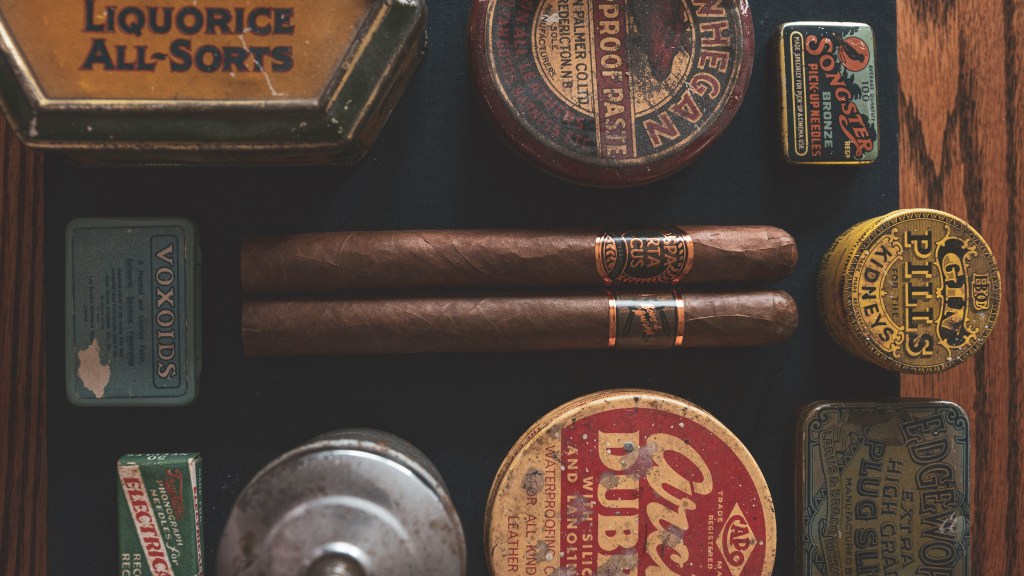
How to Identify and Value Your Tobacciana Pieces
Understanding materials, craftsmanship, and brand heritage is essential for collectors assessing the rarity and worth of tobacciana items. This collection includes tobacco-related antiques and vintage cigarette packs.
Materials
Knowledge of the materials used in specific eras is crucial. For instance, Victorian-era pipes can be distinguished by class, with upper-class pipes made from high-quality wood and custom-made.
Craftsmanship
Familiarity with various styles is also important. The aesthetic of tobacciana is reflected in posters, tins, and matchboxes, with lithography being a popular medium in the 1800s and early 1900s. After that, photographs dominated post-war advertisements, representing a shift in tobacco marketing.
Brand heritage
Exploring the company’s brand history, including its key releases, can provide valuable context. This deeper understanding enriches the collecting experience and enhances appreciation for the artistry in tobacciana.
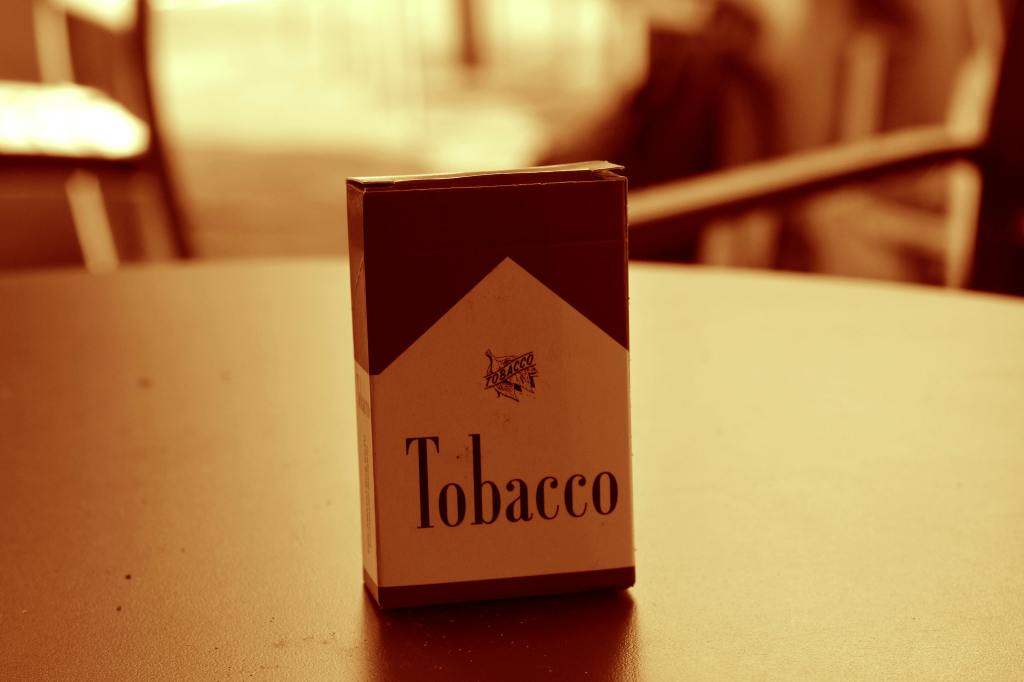
Where to Find Authentic Tobacciana Collectibles
When searching for authentic tobacciana pieces, there are several reputable sources to consider. Each of these venues enhances the experience of discovering vintage pipes, cigar accessories, and humidors. Whether hunting for a specific piece or browsing casually, these resources offer ample chances to expand any collection.
In-person options
Antique shops stand out as one of the best places to explore, offering a selection of unique items. Estate sales often provide opportunities to find rare collectibles, while thrift stores and flea markets are also good options.
Online sites
Online shopping offers various platforms that cater specifically to collectors. Websites like Facebook Marketplace, Etsy, and eBay feature a wide range of tobacciana items, from classic pieces to modern accessories. These online marketplaces connect buyers with sellers across the country and globally, making it easier to find specific items or compare prices.
Just be sure to exercise caution when exploring Facebook Marketplace, Etsy, eBay, and other online sites. Be sure to ask questions and request photos, and if the price is too good to be true, it probably is.
Specialty sources
Additionally, specialty sources such as tobacciana auctions, online forums, and dedicated clubs or groups can be invaluable for enthusiasts. These platforms facilitate the purchase of unique items and provide opportunities to engage and share insights.
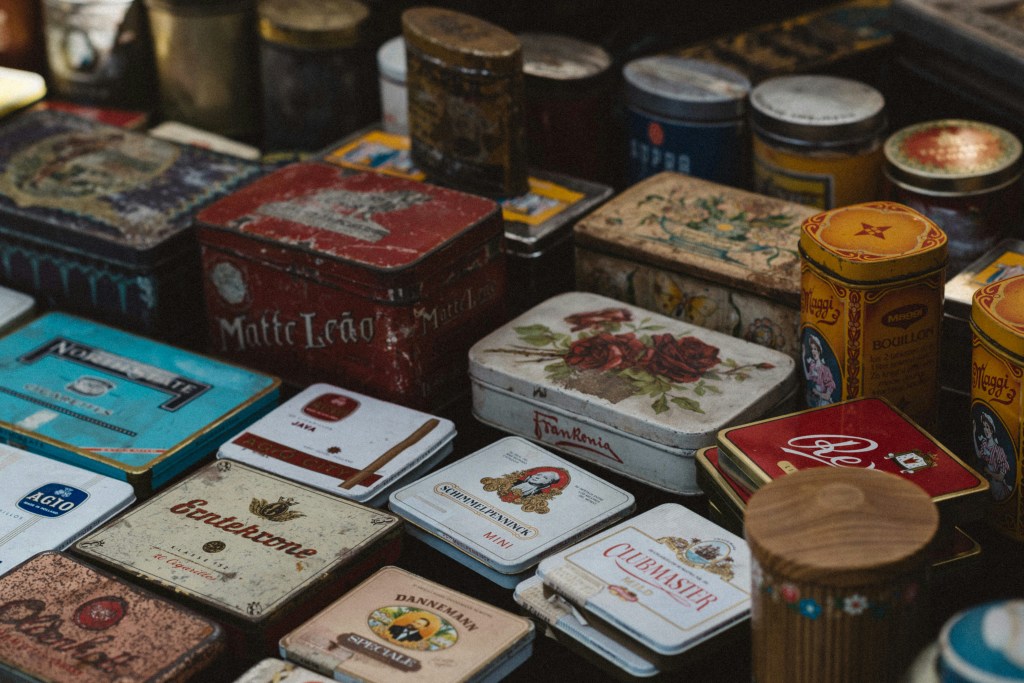
Caring for and Preserving Your Tobacciana Collection
Proper storage and restoration techniques are essential for maintaining the condition and value of tobacciana, especially delicate paper and metal artifacts like vintage tobacco memorabilia and lighters.
Where you store these collectibles is crucial; keep them out of direct sunlight to prevent fading and maintain stable humidity and temperature levels. High humidity can lead to rust on metal items, while delicate paper should be kept in archival-quality, acid-free materials to avoid degradation.
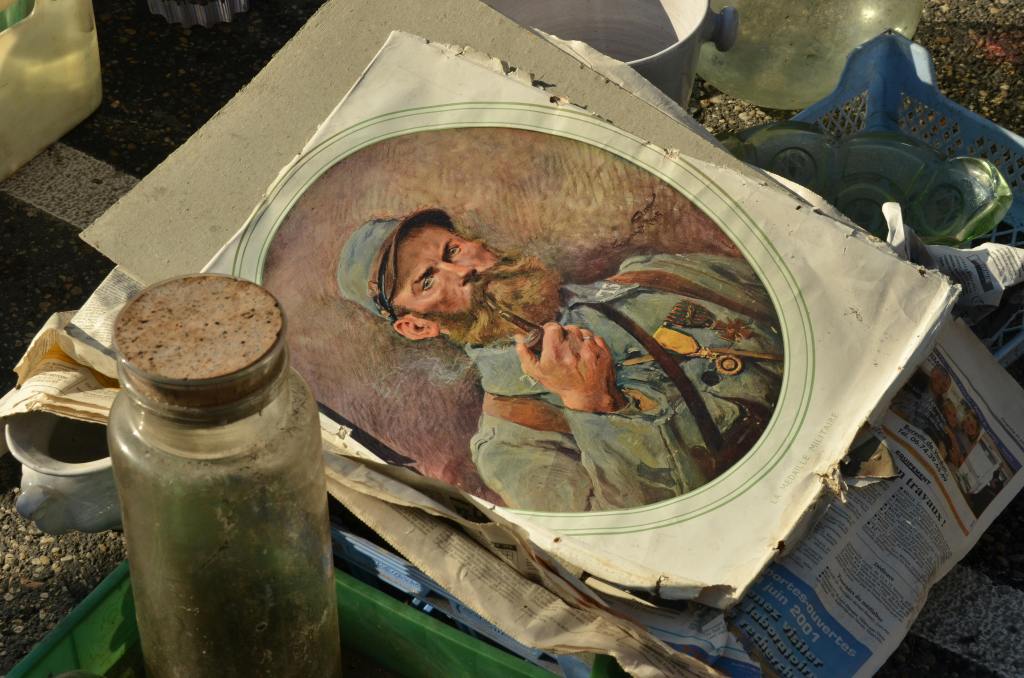
The Passion Behind Tobacciana Collecting
Many collectors are drawn to tobacciana for its rich history and nostalgic appeal, as well as its investment value. This includes tobacco-themed ephemera, mid-century items, and collectible cigar boxes, each telling a story and connecting collectors to the vibrant tobacco culture of the past.
A Unique and Enduring Collectible Niche
As tobacciana collecting gains popularity, enthusiasts are finding joy in preserving and celebrating the artistry of vintage smoking culture. Each piece, from intricately designed pipes to vintage advertisements, invites nostalgia and an appreciation for the craft involved in the tobacco trade. This growing community fosters a cultural legacy that honors the complexities of smoking history.
Sources
http://worldclassantiques.com/insights/collecting-tobacciana.aspx
http://antiqueadvertisingexpert.com/tobaccianacollectibles
Vintage Tobacciana: Ashtrays – Hunting for Vintage
http://pipesmagazine.com/blog/pipesmoke/a-universe-of-tobacciana-the-george-arents-collection
http://go-star.com/antiquing/tobacco.htm
